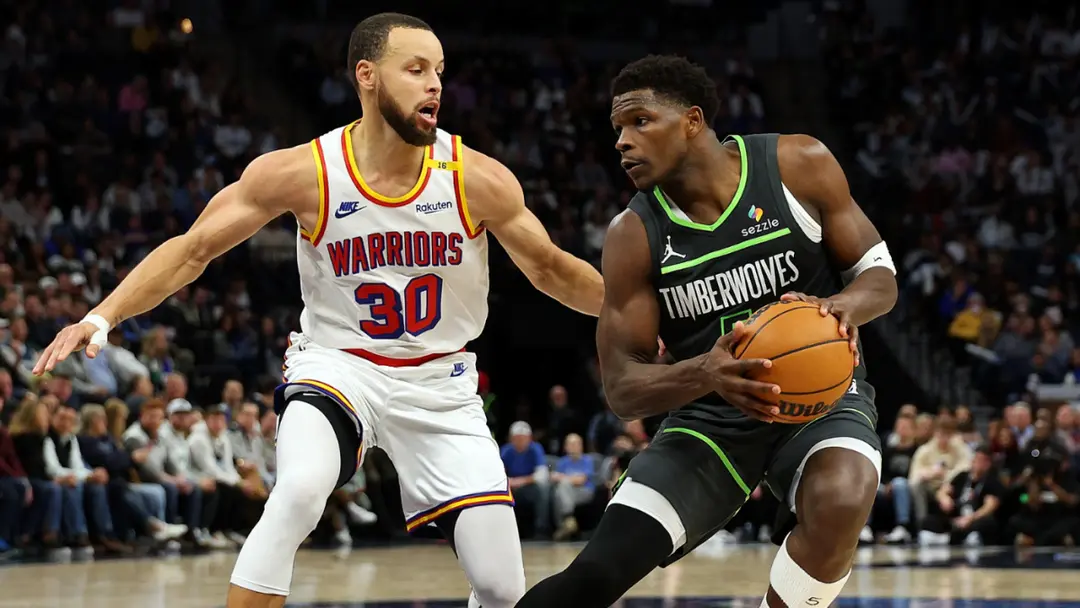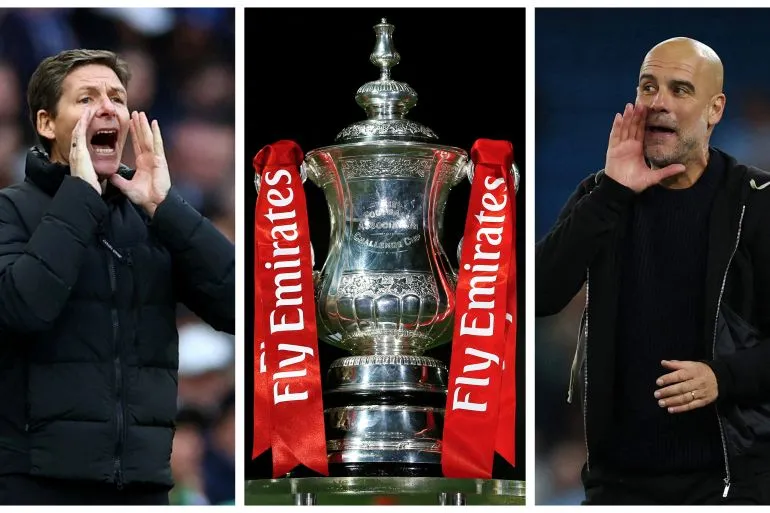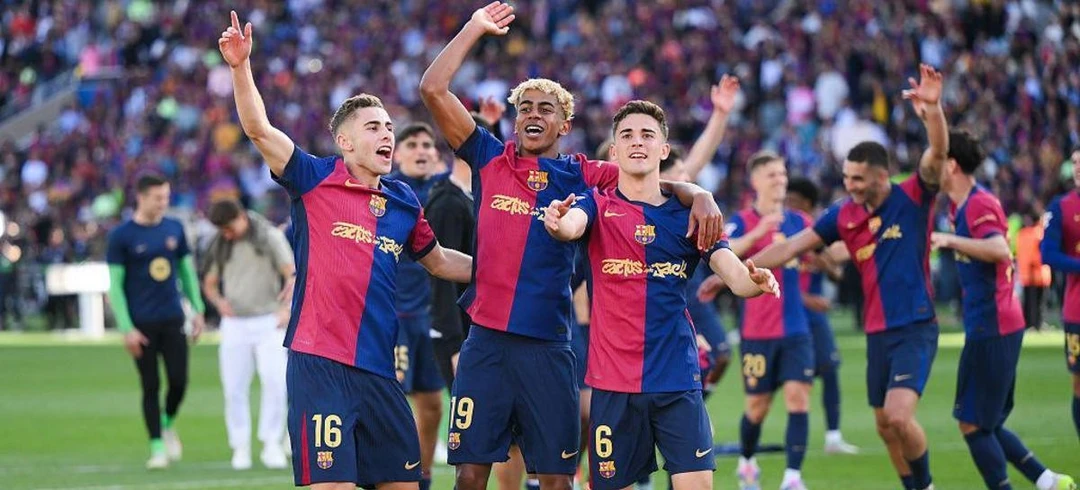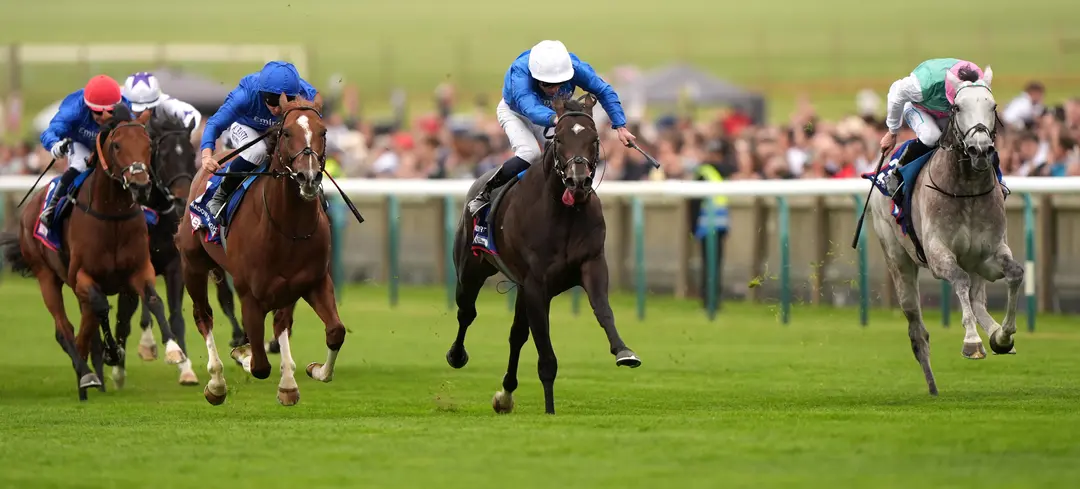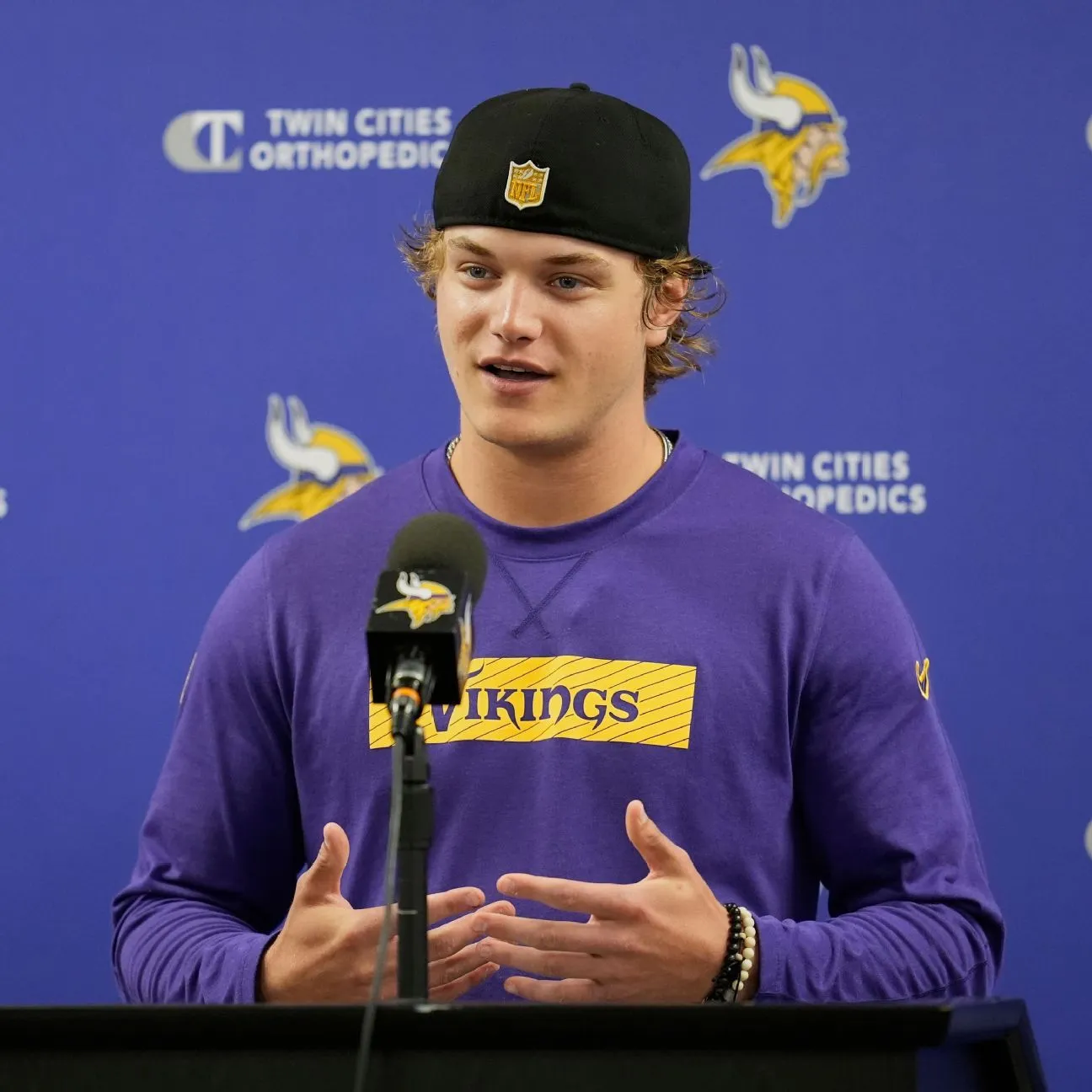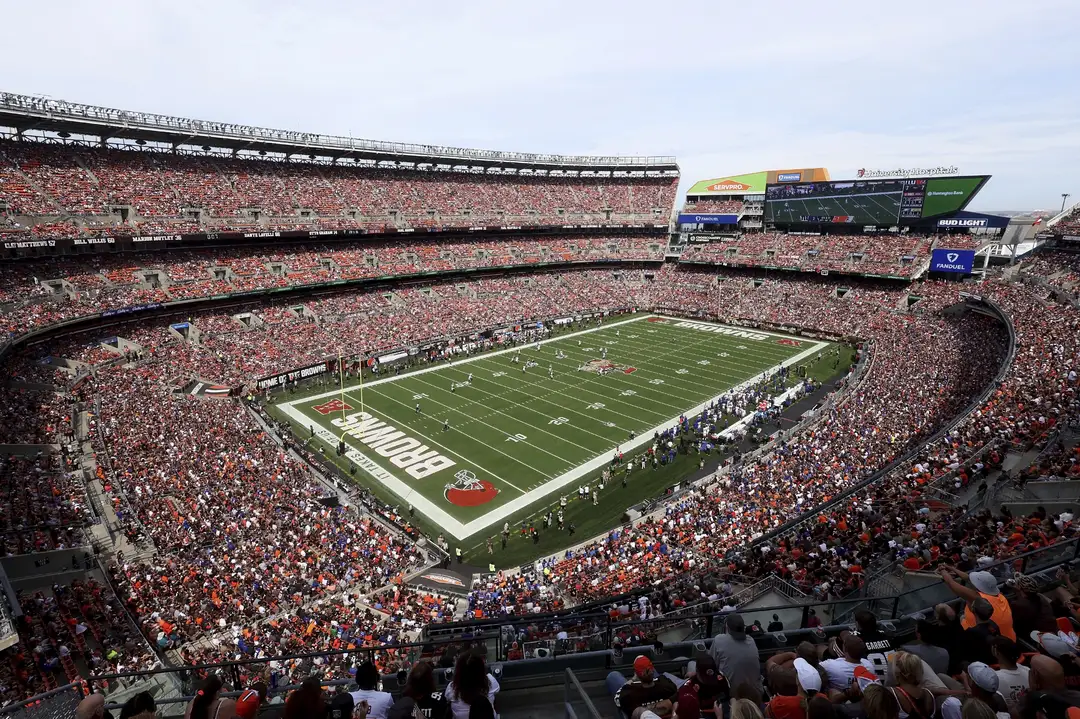As Golden State Warriors and Minnesota Timberwolves gear up for the Western Conference Semifinals, their encounter moves beyond the ordinary playoff series. It is a turning point where the veteran history of the Warriors collides with the emerging ambitions of the Timberwolves. This battle is a test case for both teams: Warriors seeking to validate the sustainability of their dynasty, and Minnesota hoping to become bonafide title forces.
The Warriors: A Dynasty in Need of Revitalization
The Warriors’ road to the semifinals was tough, ending with a hard-fought seven-game series against the Houston Rockets. After taking a 3-1 lead, Golden State was pushed to the edge before finally clinching Game 7, illustrating their strength and the lasting genius of Stephen Curry.
But the series also revealed weaknesses: an old core, dependence on Curry’s heroics, and uncertainty about depth. The inclusion of Jimmy Butler has added another layer, but the Warriors’ future depends on how they can incorporate rising stars such as Brandin Podziemski and Moses Moody into their championship ethos.
The Timberwolves: Rising with Direction
Meanwhile, the Timberwolves swept the Los Angeles Lakers out in five games, announcing their presence as a serious force. Anthony Edwards has become a transcendent player, combining athleticism with increasing mastery of the game. Minnesota’s front line, led by Rudy Gobert and complemented by Julius Randle and Naz Reid, is a physical presence that few teams have an answer to.
With Coach Chris Finch, the Timberwolves have developed their defensive identity and, as such, swept in the first round. They were too deep, too young, and too much together for whoever stood across the court.
Contrasting Styles and Philosophies
The two teams contrast each other’s perimeter-focused, movement-driven offense against each other’s inside strength and defensive grit. Golden State depends on spacing and ball movement for much of its success, while Minnesota excels with physical play and paint control.
Defensively, the Warriors must devise strategies to contain Edwards, who has proven adept at exploiting mismatches. Conversely, the Timberwolves will need to mitigate Curry’s impact, a task likely assigned to versatile defenders like Jaden McDaniels.
Psychological and Emotional Dynamics
Aside from strategies, the series is a mental struggle. The Warriors have expectations to live up to and wish to continue their legacy, and the Timberwolves want acceptance and respect. Draymond Green’s passionate personality and past conflicts with Gobert include an emotional undertone that can shape the series’ tone.
Staying calm will be essential. Minnesota will need to keep their cool under provocations likely to distract them from their objective, while Golden State must apply their experience towards controlled implementation.
Implications for the Championship Landscape
This series is a litmus test for both teams’ championship credibility. For the Warriors, winning the series would validate their ability to adjust and the success of adding new components to their existing system. For the Timberwolves, beating a legendary franchise would indicate their preparedness to compete at the top level.
The result will have echoes beyond this series, dictating how philosophies of building teams, what experience means against youth, and the changing realities of championship runs are perceived.
Conclusion
The Warriors and Timberwolves meet at the intersection of eras and philosophies, both of which are represented by these two teams. Their playoff series is more than simply a battle between two teams; it’s a tale-filled meeting that distills the NBA’s never-ending evolution. In their bid for dominance, both franchises will challenge each other beyond their limits and present a solid case study in the quest for basketball greatness.

